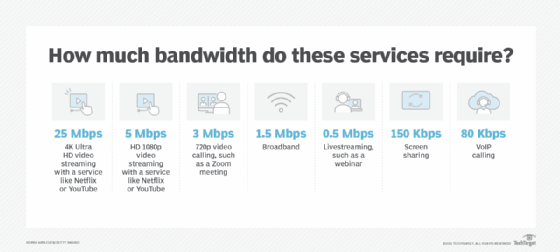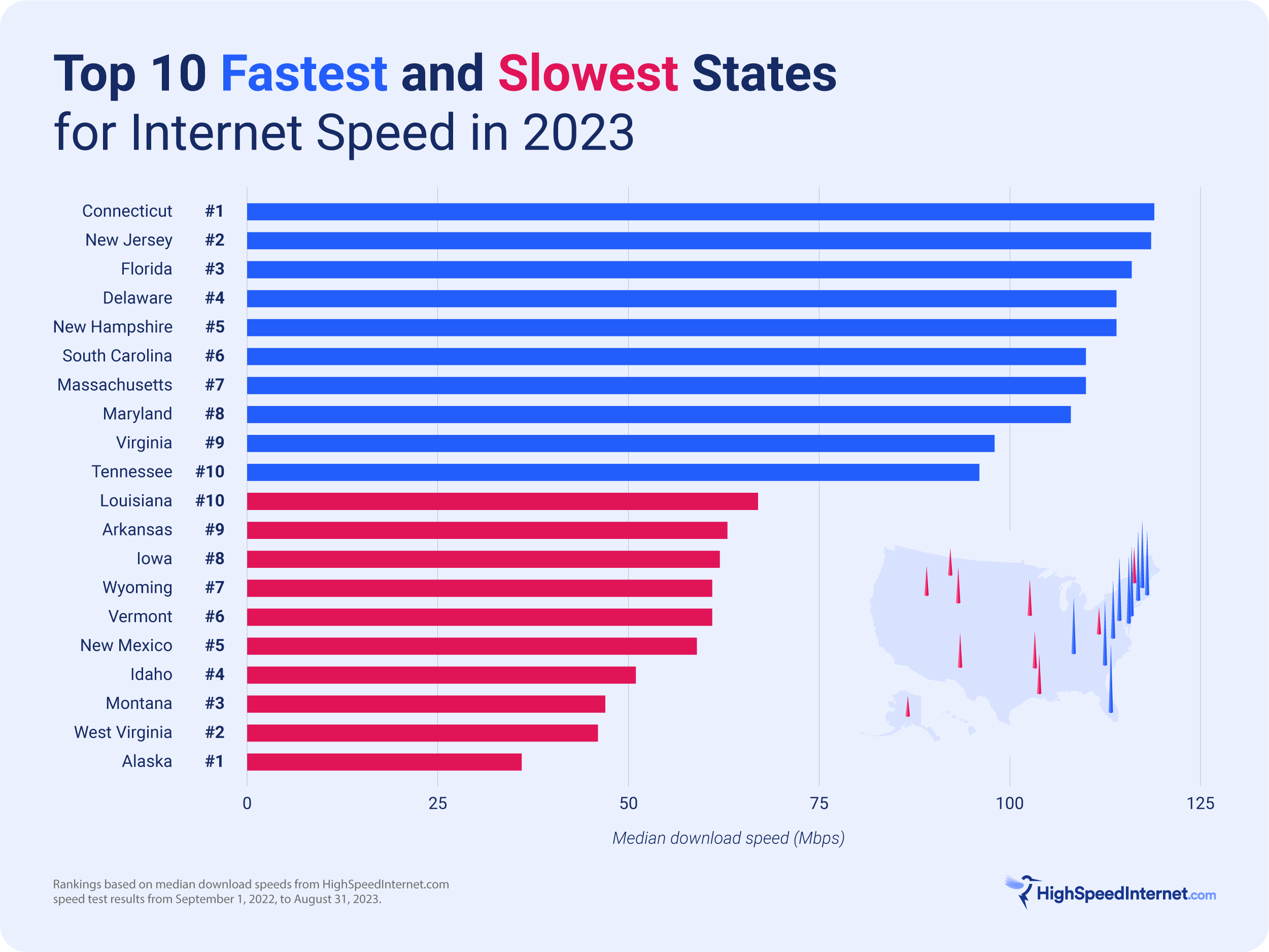Debunking Megabits Per Second: What Consumers Need to Know
Debunking Megabits Per Second: What Consumers Need to Know
Blog Article
Exactly How Megabits Per Second Impact Your Online Tasks
The concept of megabits per second (Mbps) plays a pivotal duty in shaping our on-line experiences. Higher Mbps can boost efficiency and reduce disturbances, while insufficient rates may cultivate frustration and inadequacy.
Comprehending Megabits Per Second
When thinking about net speed, it's important to recognize the idea of megabits per second (Mbps), which serves as a typical measurement for information transfer rates. This statistics quantifies just how much information can be transferred over a net connection in one second, giving a clear understanding of efficiency capabilities - Megabits Per Second. For context, one megabit is equivalent to one million bits, and Mbps is generally made use of to reveal bandwidth for different on-line tasks
A higher Mbps suggests a much faster internet connection, allowing customers to carry out tasks such as downloading and install documents, browsing websites, and taking part in on-line gaming much more successfully. For example, typical browsing needs around 1-5 Mbps, while streaming high-def video clip may demand 5-25 Mbps. Understanding these demands is critical for determining the suitable web rate required for certain tasks.
In addition, the number of devices connected to a network can affect general performance. Multiple users streaming, gaming, or downloading all at once can stress readily available transmission capacity, causing slower rates - Megabits Per Second. Reviewing individual online behaviors and needs is essential in picking a net strategy that lines up with one's needs, making sure a smooth digital experience
Streaming and Buffering Issues
Streaming high-definition content has actually come to be a staple of modern-day on the internet enjoyment, yet it is commonly gone along with by annoying buffering issues. These interruptions can dramatically take away from the checking out experience, causing dissatisfaction and potential loss of target market interaction. Buffering occurs when the information transferred from the streaming solution is not gotten rapidly enough to maintain a smooth playback, typically due to not enough internet rate determined in megabits per second (Mbps)

In addition, real-time streaming can be influenced by network congestion, which occurs when several gadgets share the very same bandwidth. Optimizing connection rate and guaranteeing adequate Mbps is important for a smooth streaming experience. As streaming services remain to develop, comprehending the influence of Mbps on buffering issues continues to be crucial for consumers seeking undisturbed home entertainment.
Online Pc Gaming Efficiency
The influence of net speed on on-line activities prolongs past streaming, dramatically affecting on the internet pc gaming performance. In competitive pc gaming, low latency and high data transfer are important for a seamless experience. A rapid connection reduces lag, enabling players to react quickly to in-game occasions, which can be the difference in between victory and loss.
Bandwidth, determined in megabits per second (Mbps), plays a vital function in sustaining multiple gadgets and gaming platforms simultaneously. Inadequate data transfer can bring about dropped connections or lowered game high quality, adversely influencing gameplay. On the internet multiplayer video games call for substantial data transfer, especially throughout peak video gaming hours when countless players are online.
Busy first-person shooters require greater speeds to maintain responsiveness, while turn-based strategy video games might work reasonably well on lower rates. As on-line pc gaming proceeds to develop, with enhancing visual integrity and more intricate multiplayer settings, the need for greater Mbps will only magnify.
Video Clip Conferencing Top Quality
In today's digital landscape, video clip conferencing high quality is heavily influenced by net speed, particularly in regards web to data transfer and latency. Top quality video clip calls require enough bandwidth to send sound and video you can check here information perfectly. Usually, a minimum of 1.5 Mbps upload and download speeds is advised for conventional definition video clip, while high-definition video clip conferencing generally demands a minimum of 3 Mbps.
Latency, or the hold-up in between sending and getting information, additionally plays a vital duty in the user experience. Higher latency can lead to echo, lag, and disjointed interactions, which can impede cooperation and engagement during meetings.
In addition, multiple participants in a video clip conference can strain offered transmission capacity, necessitating even higher speeds. Network blockage, frequently brought on by synchronised tasks like streaming or downloading, can better degrade video quality. Thus, for companies relying upon video conferencing for remote collaboration, comprehending the connection in between megabits per total and second interaction quality is important for maintaining productivity and enhancing virtual communications.
Picking the Right Net Plan
Selecting an ideal net strategy is critical for making certain ideal performance in numerous online activities, especially in setups that require high data transfer, such as video clip conferencing and online video gaming. Megabits Per Second. When thinking about an internet plan, it is vital to evaluate both the rate and information allowance to view website match your specific use demands
For families with multiple users taking part in synchronised tasks, a strategy providing higher megabits per second (Mbps) is suggested. Generally, a minimum of 25 Mbps appropriates for standard streaming and surfing, while strategies surpassing 100 Mbps are more suitable for more extensive tasks. In addition, think about the nature of your online activities; video conferencing requires a minimum of 1.5 Mbps post speed, while on-line video gaming may require a lower latency however consistent link.
Unlimited data plans can protect against throttling and disruptions, specifically if heavy usage is expected. By attentively selecting a net plan tailored to your demands, you can boost your online experience, guaranteeing smooth, undisturbed accessibility to your preferred tasks.
Conclusion
In verdict, the relevance of megabits per second (Mbps) in forming on the internet tasks can not be overstated. A comprehensive understanding of specific or family Mbps requirements is crucial for choosing an appropriate net strategy that appropriately supports varied online activities and customer demands.

Usually, a minimum of 25 Mbps is suitable for basic streaming and browsing, while strategies surpassing 100 Mbps are preferable for more extensive jobs. Additionally, consider the nature of your online tasks; video conferencing requires at the very least 1.5 Mbps upload rate, while on-line video gaming may require a lower latency but regular connection.
Report this page